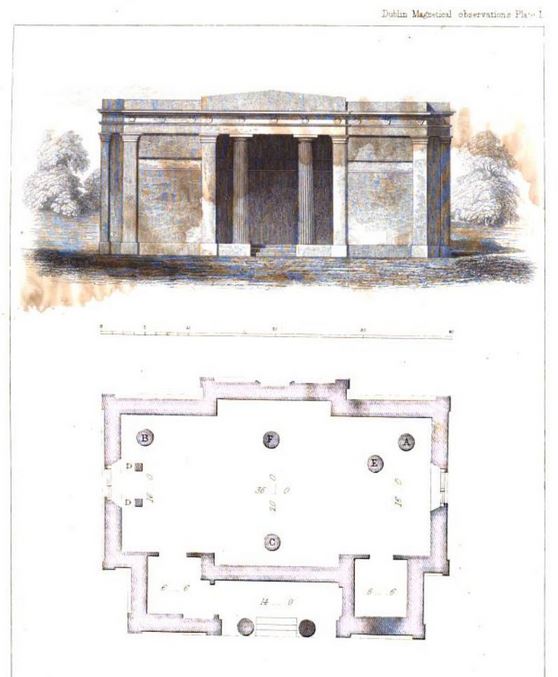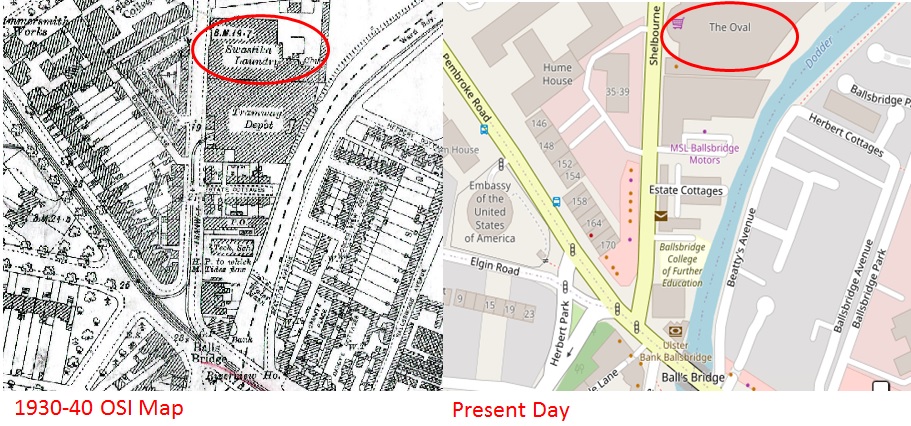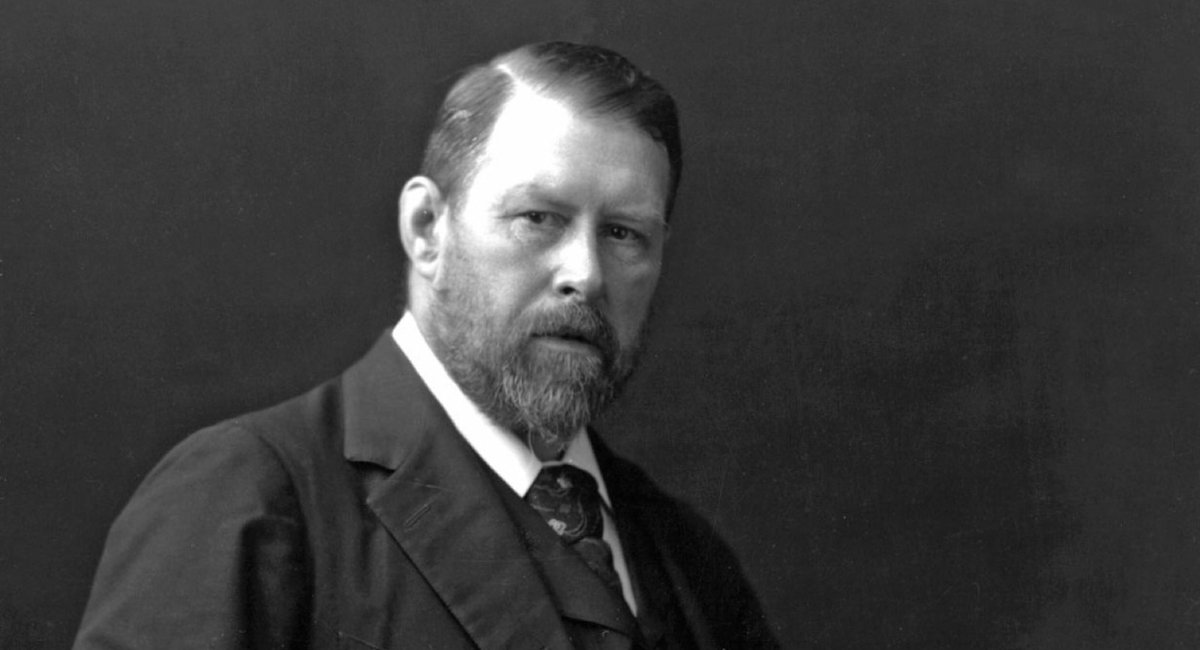Magnetic Observatory/O’Kane Film Centre, UCD – While this building is over 180 years old, it has only occupied this site in UCD for the last 40 odd years. Built in 1837 in the form of a classical Grecian Doric temple, it was originally situated in the Provost’s Garden of...~1 





Trinity College. Due to the nature of the magnetic research that was to take place within, all the materials used in its construction had to be devoid of magnetic influence, so copper, brass & gun-metal were substituted for iron. Humphrey Lloyd, Rev. Prof. of Natural &...~2 





Experimental Philosophy, & Provost of Trinity itself from 1867–1881 carried out his research on the earth's magnetic field here. His work with Edward Sabine was the 1st to confirm the link between solar activity & magnetic disturbances here on Earth. Lloyd had a remarkable...~3 



career; he was a Fellow of the @royalsociety & President of both the British Association and the Royal Irish Academy! @RIAdawson His interests spanned astronomy, climatology, optics as well as philosophy & ethics.
The building itself served a number of purposes over the years.~4


The building itself served a number of purposes over the years.~4



It was used as a map store from 1912 & a manuscript room from 1957 (opened by de Valera). However, as Trinity completed construction of several library’s in the 1970,s the observatory was no longer needed, & its was dismantled and gifted to UCD. It was rebuilt stone by stone...~5 



in Belfield campus between 1974 & 75, refurbished in 2003 & converted into a cinema, and today it houses the Frank O’Kane Film Centre. This really is a hidden gem, as it can be difficult to locate. But I just love the fact that this small building has played no small part in...~6 



helping humanity to further understand the world we live in. ~End
More info:
tcd.ie/library/berkel…
silkearchitects.com/conservation1/…
books.google.ie/books/about/Ob…
More info:
tcd.ie/library/berkel…
silkearchitects.com/conservation1/…
books.google.ie/books/about/Ob…
#DiscoverDublin @PhotosOfDublin @ucddublin @tcddublin @OldDublinTown @dubcivictrust @DIASDunsink @OldeEire @legacy_irish @theirishstory @IrishHistoryPod @RIAIOnline
• • •
Missing some Tweet in this thread? You can try to
force a refresh
















































